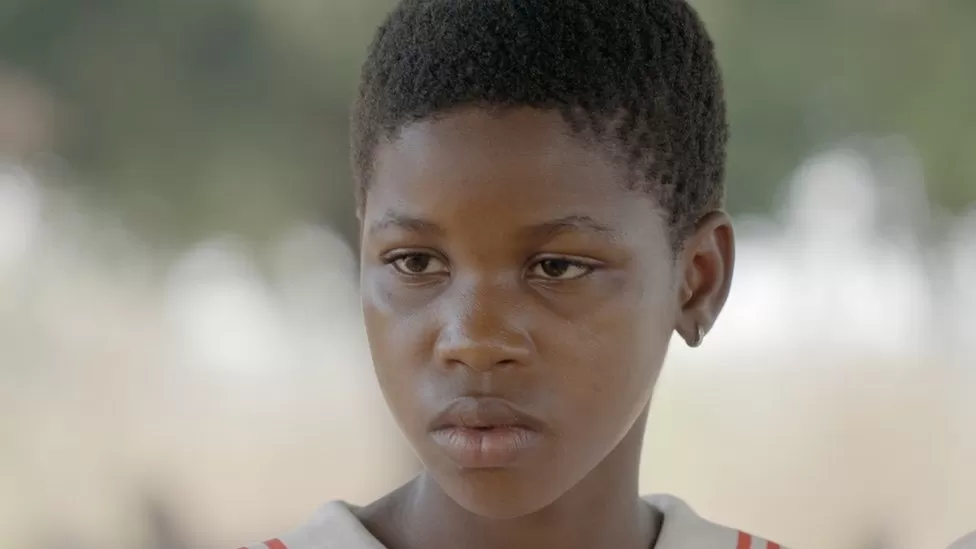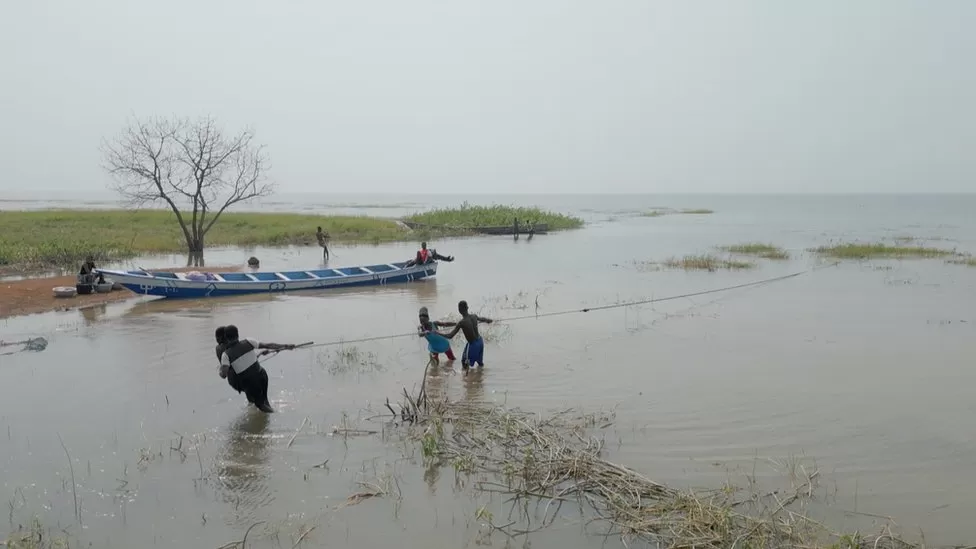Ghanaian children taken from home over false trafficking claims

Musah Mustafa emerged from his thatched-roof hut shortly after midnight on 6 September, 2022, to relieve himself and saw four cars speeding towards him.
In Mogyigna, there were barely any villages. In northern Ghana, it seemed like a dot surrounded by farmland, with only a handful of houses and about two dozen people. In the daytime, cars were rare sightings, but at night they were even rarer. Observing from behind a tree, Musah hid behind it. In an attempt to wake the other residents, he shouted when he saw armed men from the cars approaching the two homes.
As soon as the men entered the huts, they forcibly removed four children, carrying an 11-year-old girl named Fatima from the room where she slept with her grandparents by her arms and legs.
Sana, Fatima’s grandmother, pleaded with the men as a gun pointed at her neck. Why were the children being taken away? She didn’t understand. The uncles of two of the children were also taken. Her relatives might never see her again, Sana feared.
Mogyigna’s villagers believed a violent kidnapping had taken place.
A kidnapping was not involved in this case.
Officially, it was a rescue operation by Ghanaian police officers, in compliance with the Human Trafficking Act. A social worker was assigned to care for the children.
IJM, a US-based charity, initiated the operation.
As one of the world’s leading anti-trafficking organizations, IJM receives about $100 million (£78 million) per year in funding.
IJM UK says it has nearly 300 churches as supporters, and more than £220,000 ($280,00) was raised from churches and other donors last year to support Ghana activities.
In cases where there was scarce-to-no evidence of trafficking, however, IJM removed some children from their families.
IJM’s target-driven culture may have driven this aggressive approach, as reported by our reporting.
There are two documented cases of rescue operations in which children were forcibly, traumatically, and unjustly removed from their families and the relatives of the children were prosecuted as child traffickers. Among the cases was Fatima’s.
IJM rescues children who have been trafficked as slaves to work on Lake Volta, the largest man-made lake in the world.

Children work in the local fishing industry under varying degrees of exploitation: some support their families through fishing, others are hired to work under boat masters for little or no pay. About 300,000 people depend on the lake for their livelihoods.
On Lake Volta, there are very few independent reports on child trafficking. According to a 2016 IJM study, more than half of all children working on the lake were trafficked.
After rescuing children spotted in canoes on the lake in 2015, the charity switched to raiding onshore locations where children were reported to be kept at night in 2018.
In that village of Mogyigna, one such raid was conducted that night. Operation Hilltop was dubbed the mission.
A reporter from Africa Eye took an undercover assignment with IJM after becoming aware of concerns about the charity’s activities in Ghana.
A WhatsApp group for IJM staff members allowed us to monitor staff conversations during Operation Hilltop. The IJM’s rescue mission was also recorded in social services’ documents, which gave Africa Eye an unprecedented overview of its planning, execution, and aftermath.
The evidence shows that IJM told their partners in the police force and social services that the four children were trafficked, but internally the charity reached a different conclusion.
After the raid, an IJM legal officer wrote that the charity had already concluded there were “no elements of trafficking” in the case of Fatima and the other two children taken that night from Mogyigna. Mohammed, Fatima’s cousin, was the only one of the four cases that the legal officer concluded involved elements of trafficking. Mohammed’s family disputes this conclusion.
Although the mission was aggressive, IJM decided to remove all four children, ages five to 11, regardless of whether they were at risk of being used for child labor, even though this issue was serious.
There was a need to rescue them as they were being used for child labor since they weren’t in school and working between the hours they should not work, and deprived of good health.
Despite being separated from their relatives for more than four months, Fatima and the other three children were reunited with their families after an investigation by Ghanaian social services found they had not been trafficked.
